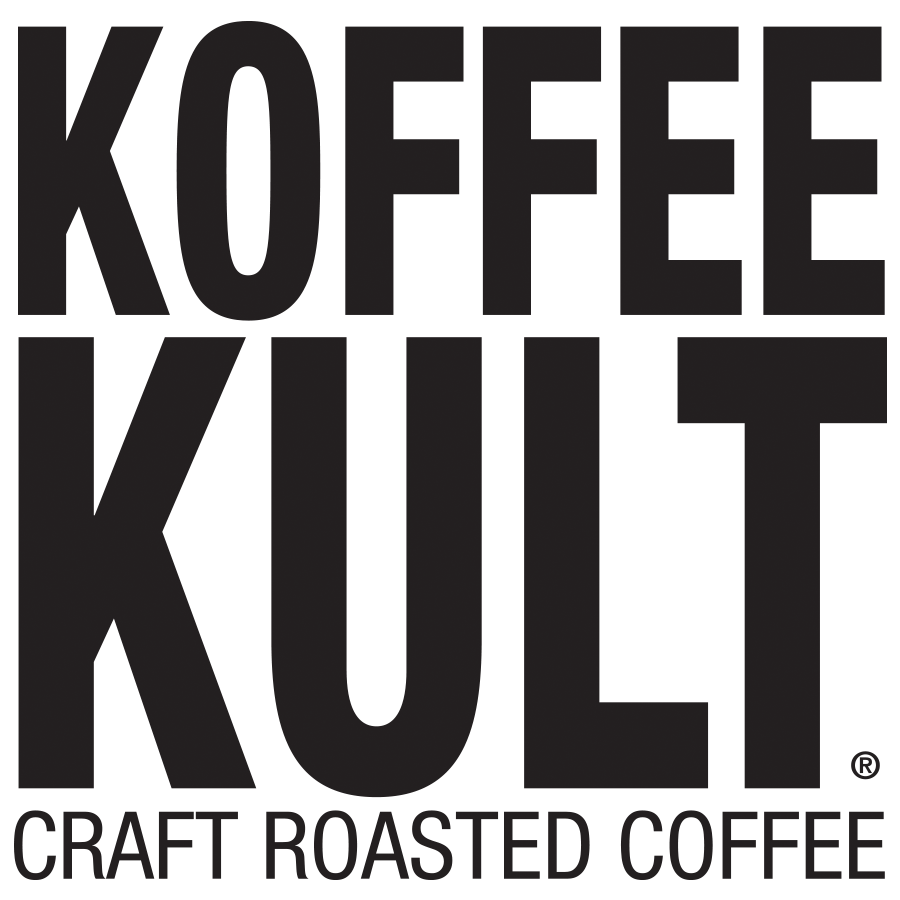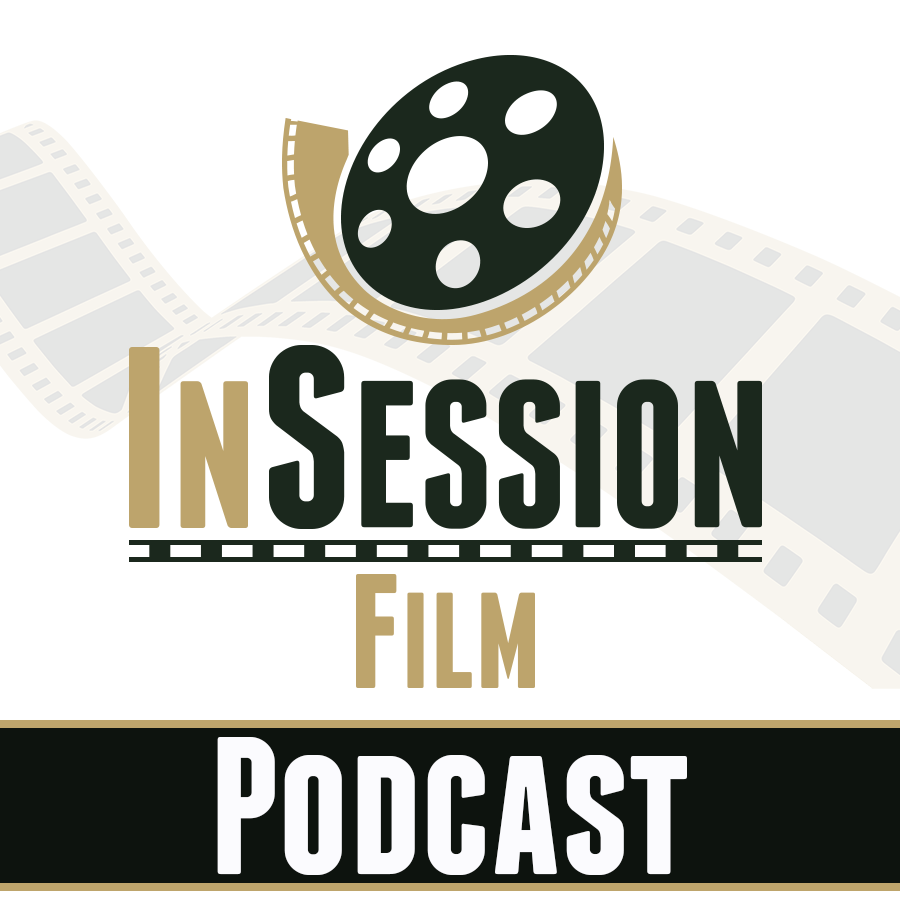When I began watching films on the Criterion Channel and started exploring all other films and directors, one name I saw pop up often was a director named Shirley Clarke. Female directors from the past were lacking and getting in on their work was a big exploration, but I had never heard of Clarke in school or in a film history book I read. Even when talking about New York’s independent film scene, her name never came across my radar, which makes sense considering the New York Times wrote in 2012 that her reputation faded away and was “marginalized, written out of histories and dismissed as a dilettante.”
But Shirley Clarke was no dilettante. She was born and raised in New York where she was an aspiring dancer, training in various styles of modern dance. In the early 1950s, she decided to make the switch over to filmmaking and her first short film was titled Dance in the Sun. Praised by The New York Dance Film Society, Clarke studied at the City College of New York to improve her skills, especially editing, which became noteworthy in her future work. She would join the Independent Filmmakers of America and play a role in avant-garde and documentary cinema in New York City.
In 1959, Clarke would receive her first Academy Award nomination for Best Live-Action Short. Skyscraper is a documentary, but the style of it features a script with three voiceover characters playing construction workers discussing the changes in the city. The subject, 666 Fifth Avenue, is a character and Clarke described the film as a musical comedy because of the jazz soundtrack and dialogue which feels more like an actual narrative film. This led to a short documentary sponsored by UNICEF called A Scary Time which Clarke co-directed with Thorold Dickinson about the trend of poverty and illness amongst all children in the Third World.
The 1960s was Clarke at her most creative and original as she stormed New York’s underground cinema, even though she opposed the word “underground.” She directed The Connection, based on a play that came from The Living Theatre, which made numerous works that broke conventional methods of stage acting. It is filmed in a one studio apartment where a group of heroin addicts awaits for their dealer to give them their fix while a documentary crew is there filming them. The fourth wall is broken – not to the audience – but to the camera already recording them. In the beginning, it is presented as a found footage film, as the assistant says the director has gone missing since he turned the footage over.
It was a film that wowed people who saw it and caused controversy because Clarke sued the state of New York for the right to show her film because of censorship over the use of the word, “shit.” That, and the more graphic details of the drug content, which is harsher than other films at the time, resulted in the film not getting permission to screen in a public theater. However, Clarke won in court, although the film was not profitable. In 1966, she directed Portrait of Jason, a documentary that features a middle-aged Black man who tells his whole life in one night. It’s a tragicomedy in which Jason Holliday talks about growing up Black and gay and having to be a hustler since he was a child. Again, avant-garde techniques were used to give a real-time look to Jason’s narrative (it was shot over 12 consecutive hours in one evening), including the voices of Clarke herself and others questioning Holliday’s motives and life decisions up to this point.
While The Connection and Portrait of Jason are two of Clarke’s most original and recognized films, she would make another documentary that resulted in a bigger reward. In 1963, shortly before her death, Clarke directed Robert Frost: A Lover’s Quarrel With The World, a 40-minute showing of the life of the famous poet, which includes interviews and speeches given in the last months of his life. Shot for TV, the film was nominated for Best Documentary at the Academy Awards and won.
In the 1970s and 80s, Clarke would spend her time making experimental movies showing live performances of various dances. She would help pioneer the use of video film and technology after being sponsored by the Museum of Modern Art to create multiple experimental shorts that showcased video films. Clarke would also lecture at various colleges and film schools, including a stint teaching at UCLA, granting the respect of numerous film critics and directors such as Agnes Varda, who cast Clarke in a minor role in her film, Lions Love. Her final film would be 1985’s Ornette: Made In America, a documentary chronicling the life and career of jazz artist Ornette Coleman. Instead of being a narrative documentary, Clarke would edit sequences of Coleman’s interviews with archive footage of his performances in a music video style mixed with a throwback to a psychedelic look as part of Coleman’s free jazz playing.
Shirley Clarke died in 1997, at age 77, forgotten except by historians of the underground movement who began a plan to rehabilitate her career. In the last decade, Clarke’s films underwent restoration and were re-released to open to a new audience, establishing her as an important figure in New American Cinema, when a group of people took to structural filmmaking over narrative. Back in 1962, Clarke declared, “I’m revolting against the conventions of movies. Who says a film has to cost a million dollars and be safe and innocuous enough to satisfy every 12-year-old in America?” By remaining on the fringes of filmmaking, Clarke broke ground on her terms that others have adapted today, in 2022.
Follow me on Twitter: @brian_cine (Cine-A-Man)





